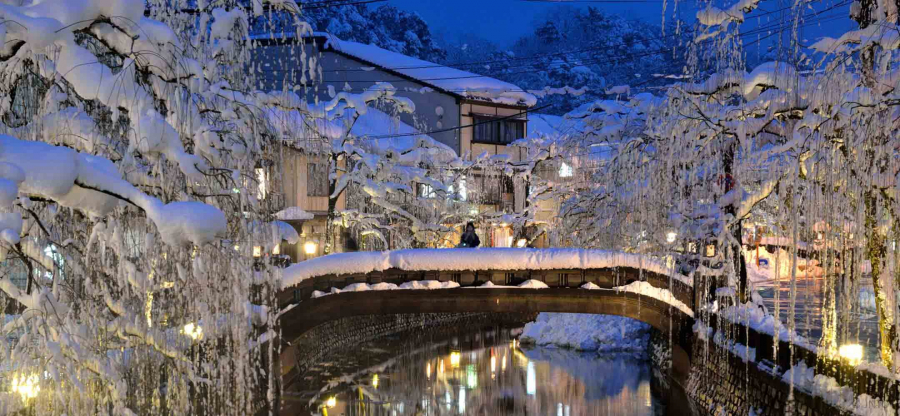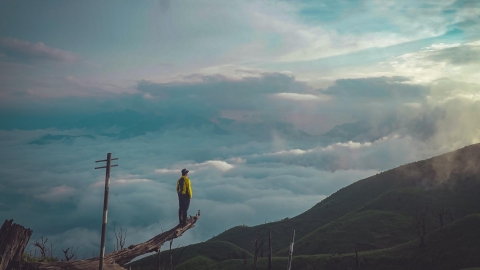Onsen - A special cultural feature of Japan
It is no exaggeration to say that Japan is known as the country with the number 1 hot spring bathing culture in the world. There are 2,983 hot spring towns and 27,297 hot spring locations across Japan. Most of the onsen locations are located in rural areas.
To attract more tourists, onsen also began to spring up in cities. However, these places are actually called Sento (a type of hot bath), or public onsen (おんせん). Onsen is written in kanji as “温泉”, which is read in Chinese as “hot spring”. Therefore, the Japanese only use onsen for natural hot springs.
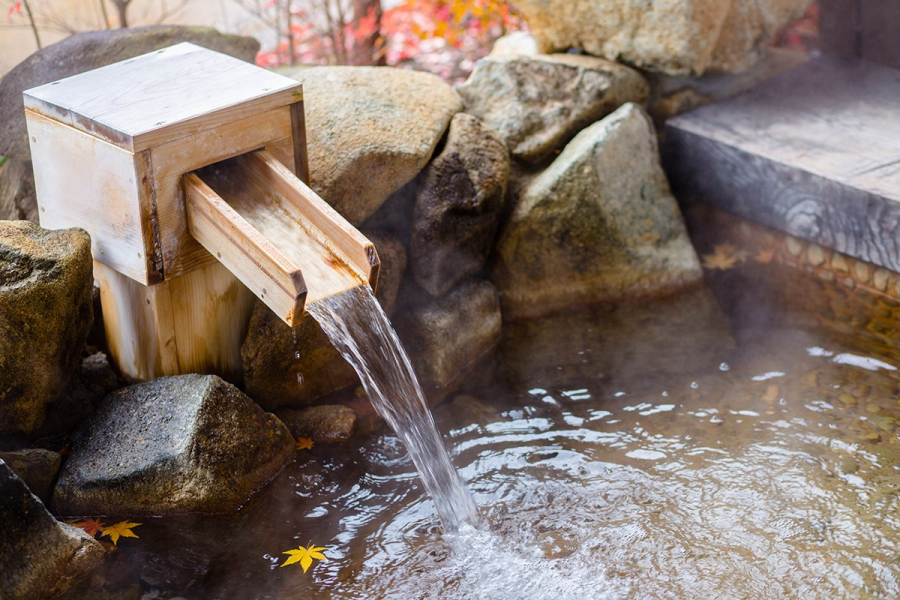
Most onsen really make the most of their locations in the beautiful Japanese countryside, with many located next to rivers, or with mountain views, or even a beautiful garden. So, bathing in an onsen is an experience not to be missed when visiting the land of the rising sun.

While bathing in an onsen, you will be bathing with many other people, because in the history of Japanese culture, bathing together has become a tradition. It was born as a necessary part of the era when in the past, few families had the conditions to build a private bath. This will bring visitors a new and interesting experience because most of us usually bathe alone.
Principles of Onsen bathing
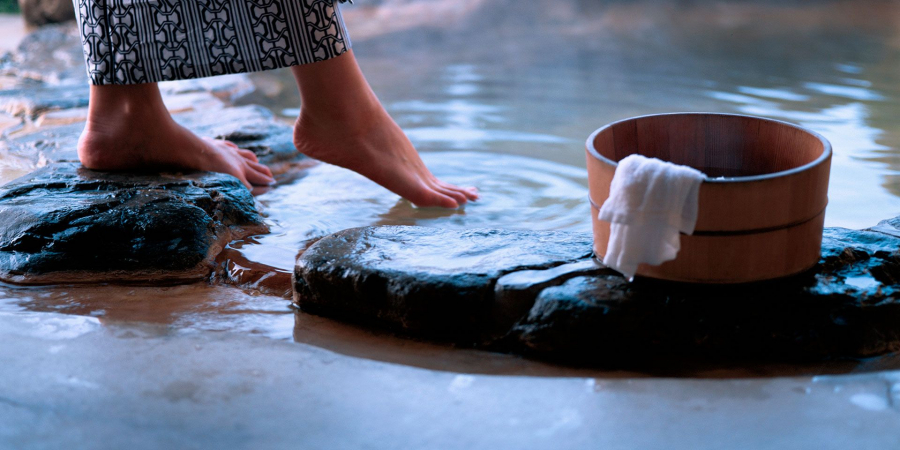
One very important thing to note when bathing in an onsen is that you must thoroughly wash your hair outside before entering the onsen area. The reason is that Japanese people only use onsen to soak and relax. Above all, onsen is an area where everyone bathes together, so your body must be cleaned before soaking here.
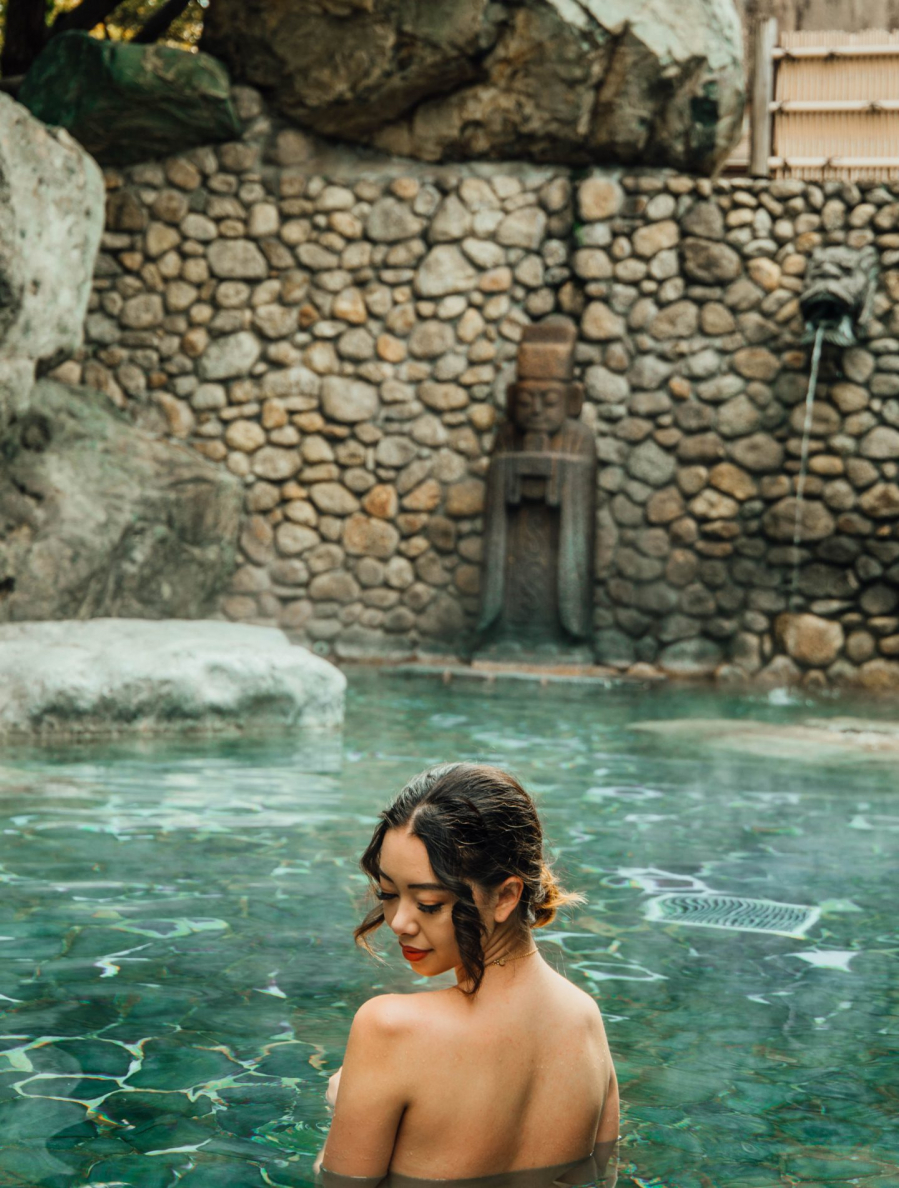
Onsen bathing attire is also something visitors should note. Most onsen are divided into two areas depending on gender. Therefore, visitors to the onsen will often see the rule of not wearing clothes, even if it is just a simple swimsuit.
In fact, many foreigners feel unfamiliar and embarrassed with the culture of nudity when bathing together, so choosing a completely private onsen will be a great solution. Of course, the cost of a private onsen will be much higher.
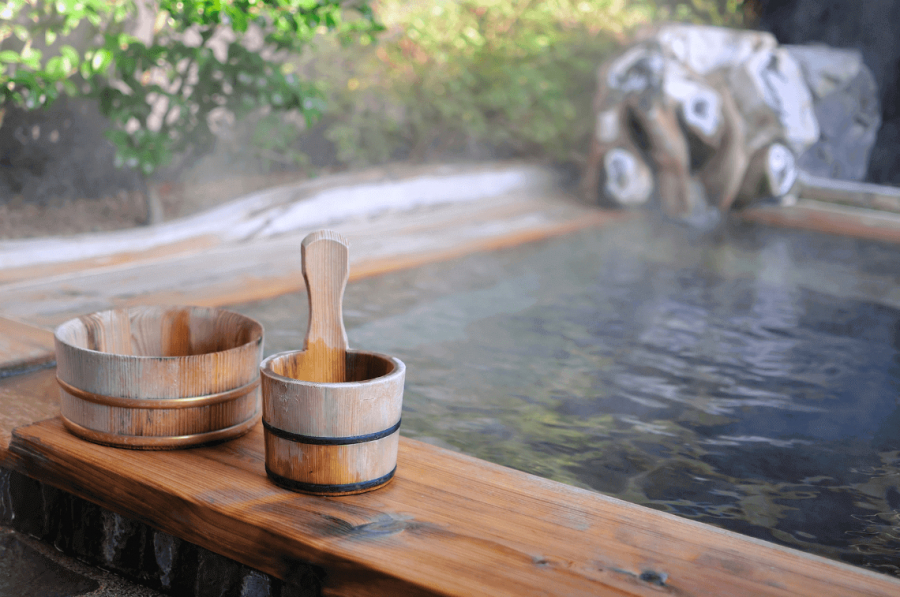
Onsen baths typically have two towels: one large and one small. The large one is used to dry off completely after a relaxing soak, and the small towel is often used to cover the private parts discreetly while walking from the bathing area to the onsen. Once there, the towel is usually placed on the head, tied around the forehead, or placed somewhere near the edge of the bath… as long as it is dry enough to be used when exiting the onsen.
Benefits of Onsen Bathing
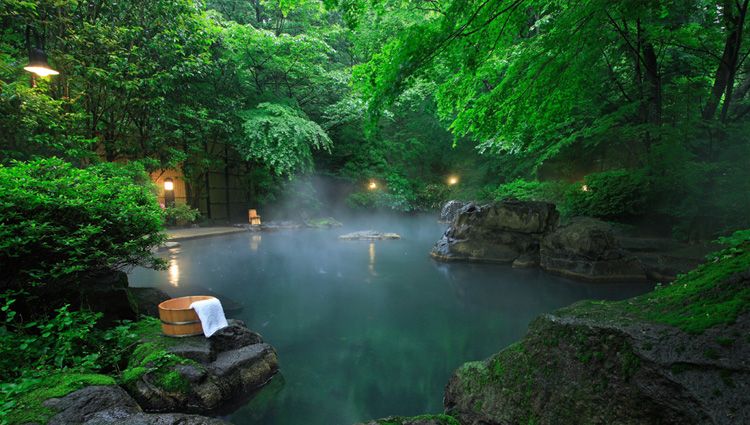
Bathing in an onsen not only helps the body relax after hours of stress and fatigue, but it can also help eliminate toxins from the body through hydrostatic pressure on the body, thereby increasing blood circulation and oxygenation. In addition, small amounts of minerals such as carbon dioxide, sulfur, calcium, magnesium, and lithium will be absorbed by the body. That helps stimulate the immune system, leading to enhanced immunity, physical and mental relaxation; endorphin production, and normal glandular function...
Onsen bathing locations in Japan
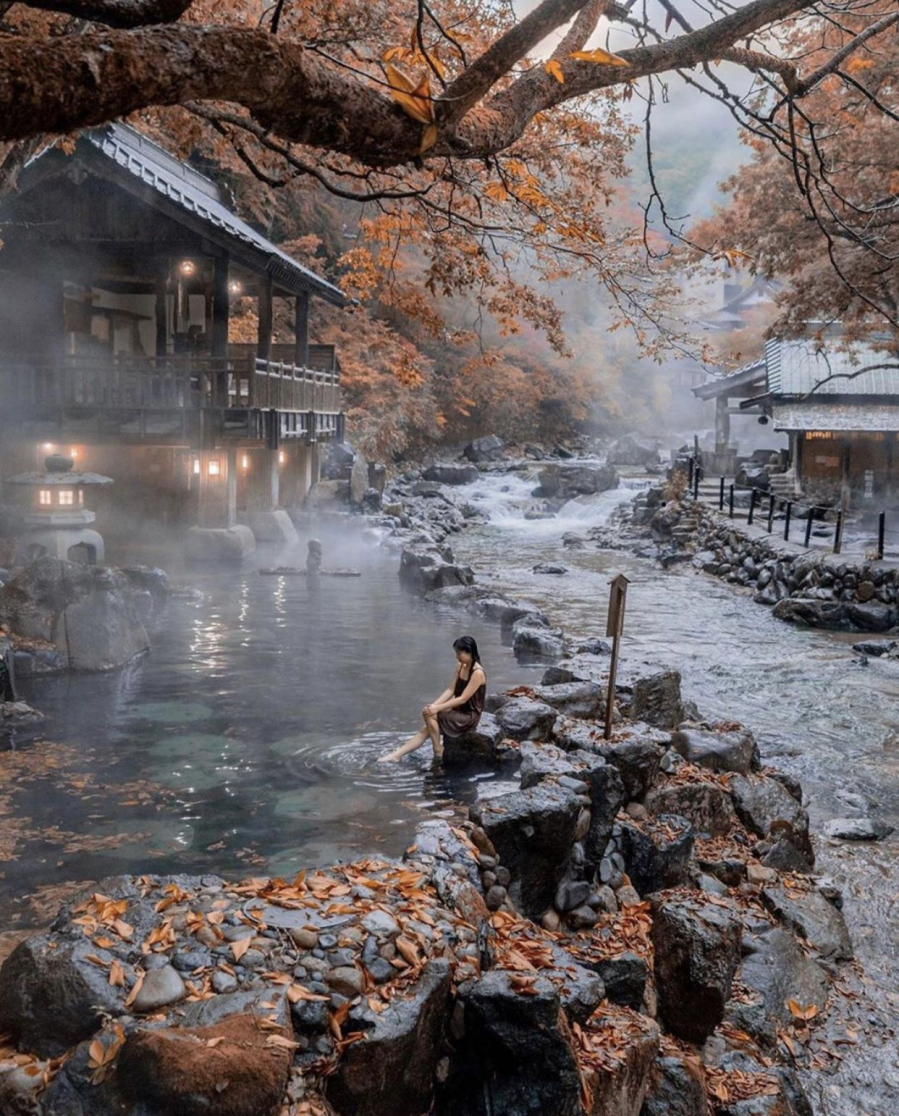
In Japan, hot springs are scattered throughout the territory, but are most concentrated in three areas: central Hokkaido, western and northern Tokyo. However, the most famous onsen in Japan is the town of Kinosaki - which boasts seven traditional onsen.
Kinosaki has been around for over 1,300 years and boasts numerous hot springs, the most famous of which are Satono-yu, Ichino-yu, Goshono-yu, Mandara-yu, Jizo-yu, Otori no yu, and Yanagi-yu. Strolling through the timeless streets in a yukata, admiring the town's quaint scenery, and experiencing the seven famous hot springs are all popular activities for visitors to Kinosaki.
